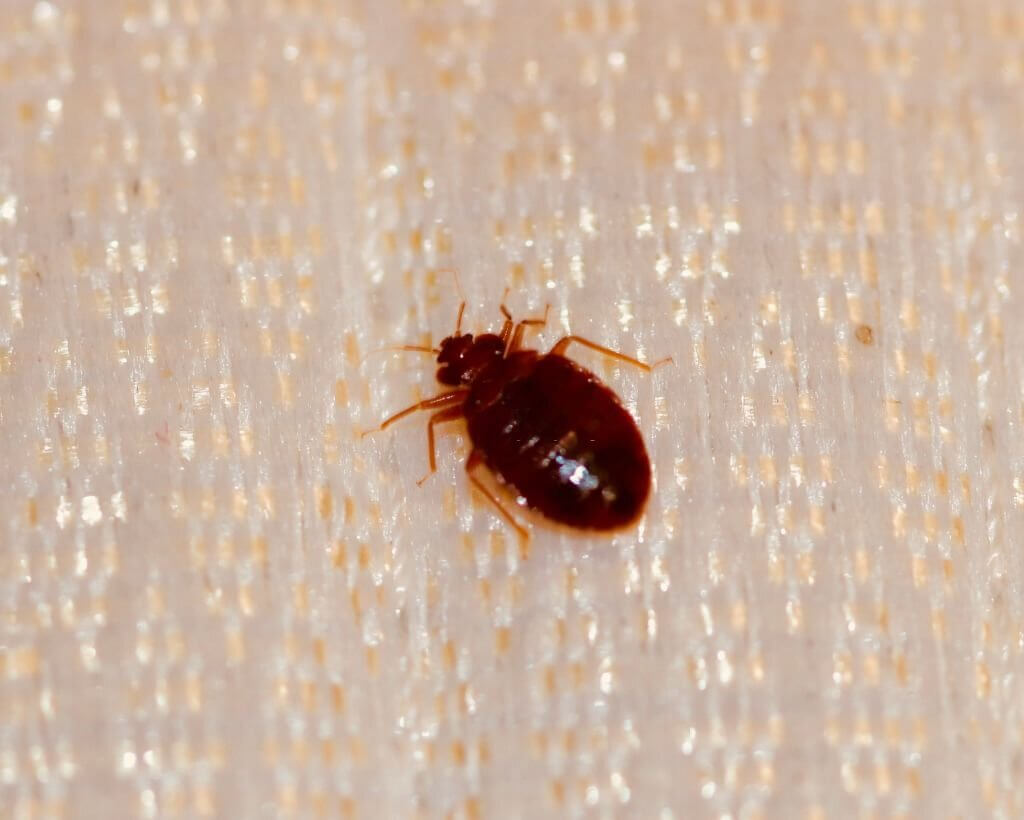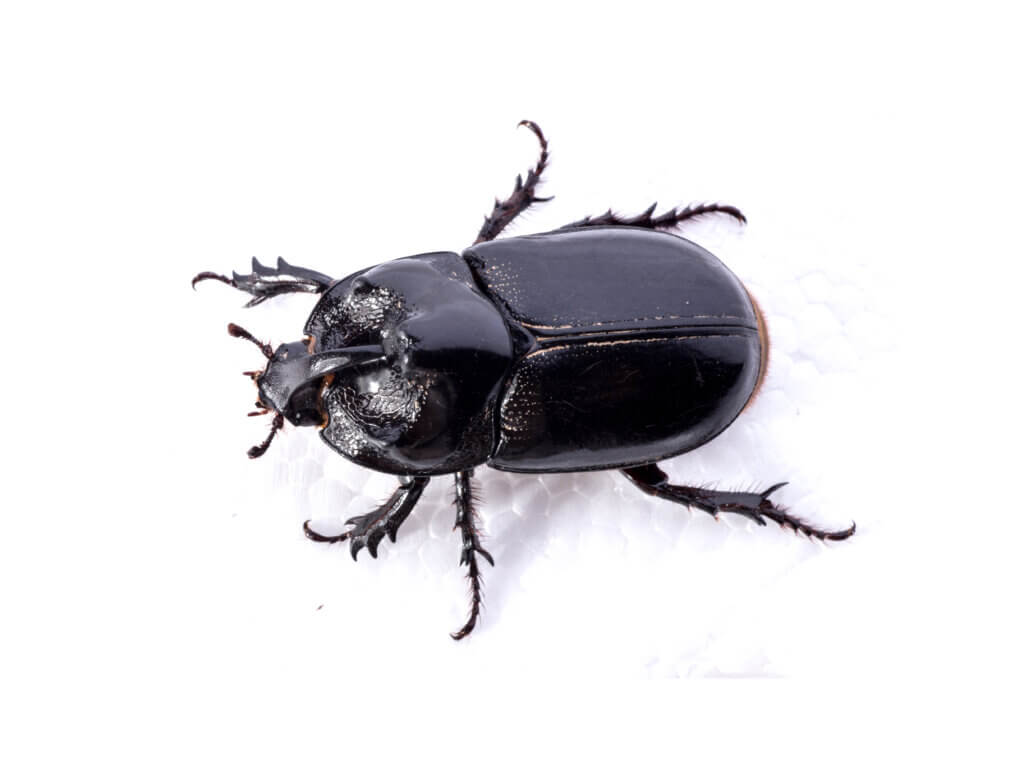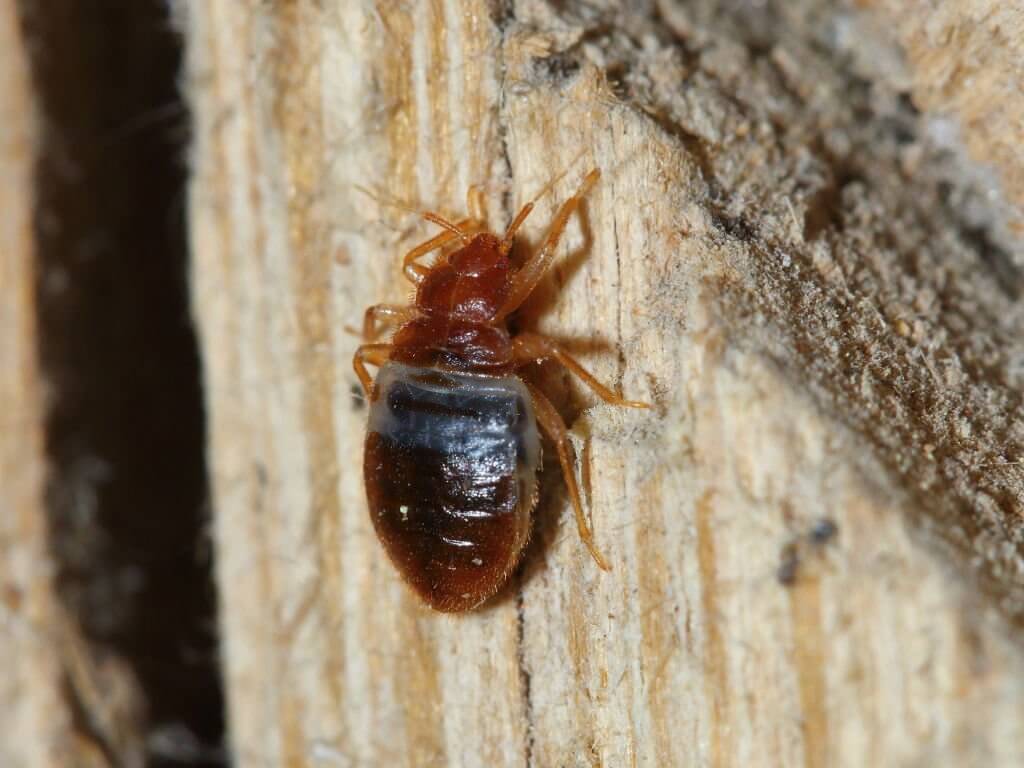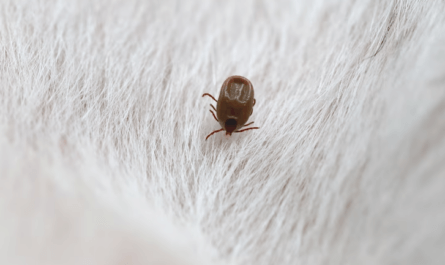Having a bug infestation in your home can be an incredibly unpleasant experience, especially if it’s hard to identify what type of bug you have. One of the most common types of insect infestations people encounter is bed bugs.
Bed bugs are small, flat-shaped parasitic insects that feed on human blood and live near mattresses and bedding – however they can also be found in other furniture or clothing items as well as hotel rooms.
Sadly, there are several bugs that look like bed bugs which makes them difficult to identify reliably. In this article I will provide information about some of the more common bed bug doppelgangers and how to differentiate between them so you can correctly identify your unwanted house guest!
Common Bugs That Look Like Bed Bugs

Several bug species possess a similar physical appearance to bed bugs, including Baby Cockroaches, Carpet Beetles, Spider Beetles, Fleas, Ticks Booklice Pill Bugs and Sow Bugs and Bat Bugs.
Baby Cockroaches
Baby cockroaches, while not as well known as bed bugs, look eerily similar and can be mistaken for them. Baby cockroaches have a distinct head and thorax that distinguish them from bed bugs.
They are reddish-brown in color with oval-shaped bodies and long antennae that reach almost the length of their body. Baby cockroaches are commonly found areas where there is high levels of moisture such as kitchens or bathrooms.
It’s important to differentiate these bugs from bed bugs since misidentifying an infestation could result in incorrect treatment methods resulting in ineffective pest control solutions.
Carpet Beetles
Carpet beetles are commonly mistaken for bed bugs, as they have a similar size and shape. These pesky beetles feed on natural materials like wool, fur, and felt in the home often causing irritation to those with sensitivities or allergies.
Carpet beetle larvae can be found hiding along the edges of rugs and carpets, beneath upholstered furniture, and around baseboards where their food source is more readily available.
They also lay eggs in dark crevices that can stay dormant for months before hatching into larvae.
In addition to feeding off common material inside the home carpet beetles can also cause skin irritation if exposed directly onto human skin due to residual body hairs from their last meal.
Spider Beetles

Spider beetles can be a nightmare for homeowners, renters, landlords and pest control professionals. They look strikingly like bed bugs due to their similar color, oval-shaped body and six legs—but that’s where the similarities end.
Unlike bed bugs which are notorious for infesting beds and furniture, spider beetles thrive in food products such as grains, flour and cereals. They also feed on dried plant materials making pantries a prime target for them.
Some of the physical characteristics that distinguish these two pests is that while bed bug bodies are broad with short antennae at one end, spider beetle antennae protrude outwards from both ends of their body unlike those of bed bugs.
Fleas
Fleas can closely resemble bed bugs in terms of their physical characteristics and behavior. They are small, wingless insects that are reddish-brown in color, similar to bed bugs. But while fleas feed on the blood of humans and animals like bed bugs do, they have a range of differences when it comes to bite symptoms.
Flea bites tend to be itchy and may cause rashes or other skin irritations such as allergies. Bed bug bites on the other hand form more typical patterns along your body, unlike flea bites which might be spread out randomly across an area.
Additionally, fleas have somewhat longer legs than bed bugs making them easier the identify with closer observation – if you encounter something suspiciously small crawling around lightning fast then chances are you’re dealing with a flea infestation not a case of bed bugs!
Ticks
Ticks are small wingless parasites that can appear similar to bed bugs in size and shape before feeding. They are commonly found in forests and grassy areas, however; they can also be brought into homes by way of humans or animals.
Ticks attach to people for transport then once located on the body feed off their host’s blood until full. When a tick has finished its meal it may still remain latched onto the person’s skin even after its death due to toxins injected when feeding.
These chemical additives cause an anticoagulant effect which keeps the wound from clotting allowing the tick continued access to its host’s blood supply long after it is dead. This increases the chances that diseases which ticks carry may be passed more easily than with other insects as these chemicals weaken a human’s natural defenses against infection– making insect bite identification all the more important!
Booklice
Booklice is an insect closely resembling lice, but they do not feed on blood or human flesh. They are often found in warm, damp and dark places and can be associated with the presence of mold.
They typically feed on fungi and mold rather than blood or human tissues and infestations are common in homes that have high humidity levels.
It can be a challenge to differentiate booklice from bed bugs when you don’t know what look for; whilst both have flat oval-shaped bodies, book lice vary significantly as they have much smaller heads compared to the body size even though they appear longer due to their three antennae appendages.
Pill Bugs and Sow Bugs
Although often confused with bed bugs, pill bugs and sow bugs are actually quite different creatures. Pill Bugs belong to the family Armadillididae and Sow Bugs belong to the family Porcellionidae.
Both pill bugs and sowbugs are soil-dwelling arthropods known as crustaceans in the order Isopoda. They’re most commonly found around high-moisture areas such as flowerpots or puddles and they feed primarily on matter in decaying plant material.
While some species may be a similar size and color to bedbugs, their characteristics set them apart; this will help you correctly identify either one of these creatures if present in your home or property.
Generally speaking, both have seven pairs of legs instead of six like bedbugs, so observing that difference is key for distinguishing between a pillow bug/sow bug & a bedbug which has 6 legs (excluding antennae).
Bat Bugs
Bat bugs are a type of parasitic insect in the same Cimicidae family as bed bugs. They look almost identical, making differentiation difficult for the average person. They typically develop on bats, while cliff swallow bug (an even closer relative) develop on their namesake birds.
Identifying bat bugs relies heavily on recognizing physical characteristics that differentiate them from bed bugs such as their slightly more rounded heads and longer thoraxes with less visible segmentation than true bed bugs.
Their behavior also differs – instead of group clustering like typical bed bug infestations, infested areas may simply show signs of an ongoing problem due to the solitary nature of these pests’ presence and breeding habits at least once all active incentives have been removed or exterminated successfully to break the groundwork reproduction cycle within your home they were inhabiting.
It’s important to note that similar bites can be caused by either species; however you should pay attention if multiple people in your home are repeatedly being affected over time as this could be a sign your property is suffering from an infestation rather than just individual pest entries which eventually disperse outside again without intervention.
How to Differentiate Between Bed Bugs and Look-Alikes
Many bugs may have an appearance that resembles bed bugs, however, they can be differentiated by looking at their physical characteristics such as shape, size and color. Additionally, the pattern of bites sustained by a person can also help identify if it is caused by a bed bug infestation or not.
Physical characteristics
Bed bugs are typically small, oval-shaped, reddish-brown, and flat. They measure just about the size of an apple seed and their blood-filled oval bodies are usually between 4 to 5 mm long. They have a segmented outer shell that is ridged and bumpy in appearance. They have six legs with claws that protrude from their bodies enabling them to creep into tight cracks to hide.
Bite patterns
Oftentimes, bed bug bites can be mistaken for bites from other similar insects, such as fleas, mosquitoes, and spiders. To differentiate bed bug bites from other types of insect infestations, you should look out for certain physical characteristics and bite patterns.
How to Identify Bed Bugs
One of the most reliable ways to identify a bed bug infestation is by recognizing their appearance; Adult bed bugs are reddish-brown, wingless insects that measure only 4 – 5 mm in length.
Appearance
Bed bugs are small, oval-shaped insects with a combined head and thorax. Their size ranges from 1/4 to 3/8 of an inch in length—the size of an apple seed—and their bodies can appear reddish or brown depending on what they have recently been feeding on.
There are several physical features that signal the presence of bed bugs including flat bodies, antennae, legs, and wings (although they don’t fly). Bed bug bites can usually be identified by raised welts or red streaks connected in lines.
The bite scars may also form circles or rings with multiple sections where it appears that the biting insect has bitten multiple times around the same area. If you suspect bed bugs, look for dark spots about 0.2 mm wide left behind by excrement.
Signs of infestation

When you suspect the presence of bed bugs, signs of infestation can give you clues that confirm your suspicion. It is important to recognize these signs and take corrective steps as soon as possible to prevent the spread of bed bugs.
Common signs of a bed bug infestation include itchy skin, small red welts, skin irritation, itching, spots and stains on mattresses and furniture, pest infestations in other areas such as cracks or crevices in walls or floorboards, and bites on arms or shoulders. Bed bug bites are typically not painful but cause itchy bumps that may blister or become inflamed.
Other possible causes should also be considered although it is important to differentiate between a bed bug bite and other insect bites or skin conditions. A good way to tell if it’s a bed bug bite is by looking at the bite pattern — such as in a line or group — which is often seen with bed bugs but rarely with any other type of insect bite.
To identify actual bed bugs, remember to look for rust-colored stains and dark spots along seams of mattresses, pay attention for musty odors coming from floors and furniture, inspect clothing items for insects, check baseboards for small black bugs hiding along edges, pull back switch boards to look for reddish-brown spots on wallpapers and corners next to molds.
Early identification and control measures are key when it comes to identifying and eliminating bed bugs from your home before they spread further.


